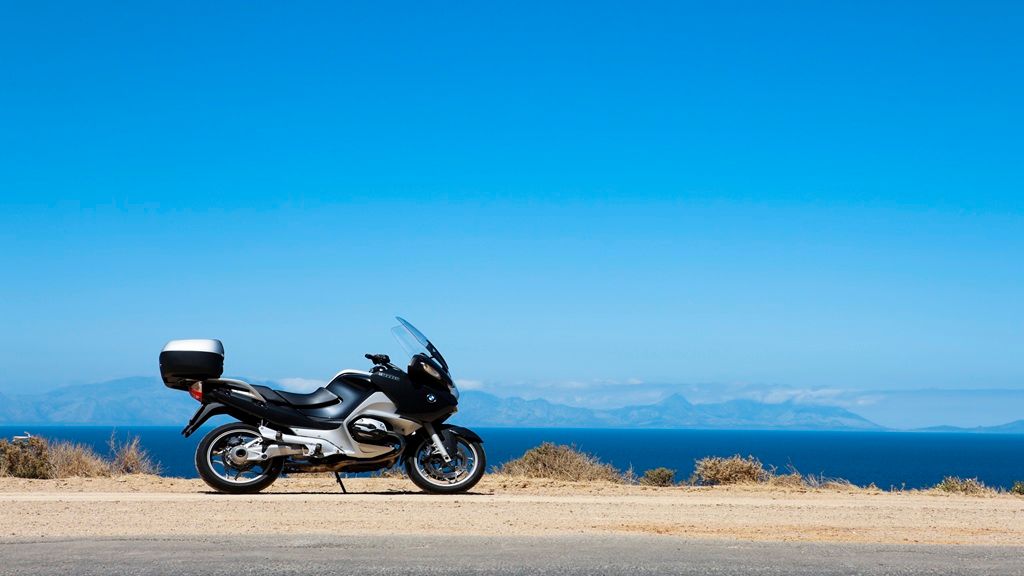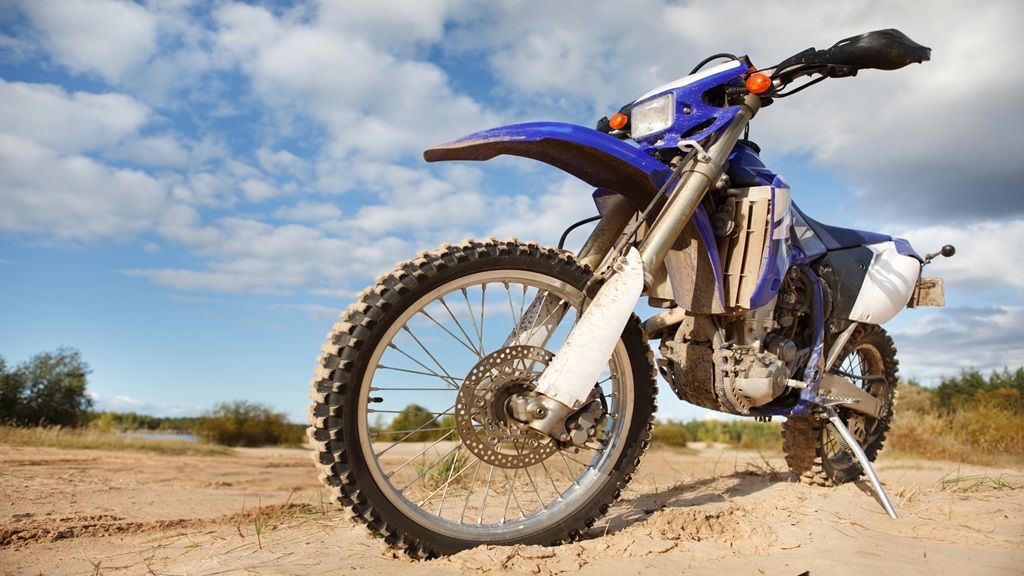
You must have likely noticed that many riders readily accept tyre modification advice from 2-wheeler and puncture shop mechanics, believing them to be experts. However, this is where the myth and reality of motorcycle tyres blur—what starts as mere suggestions often turns into widely accepted misconceptions. Unfortunately, the internet doesn’t offer reliable information on bike tyres either. That’s why we’re here—to help clear some common motorcycle tyre myths and provide the truth about motorcycle tyres.
Myths don’t arise without reason. We’ll explore their origins, uncover the myth and reality, and debunk misconceptions regarding motorcycle tyres. While some myths may hold truth, many do not, and we’re here to set the record straight.
Reality: This is a very common tyre myth. Tubeless tyres do offer advantages but within their intended applications. They typically require alloy rims, as wire-spoke rims can leak air if the spokes loosen, making tubeless setups more expensive.
However, alloy rims are not ideal for off-road or rough terrain. In contrast, tubular tyres are heavier, harder to repair, and slower but better suited for specific motorcycle types like off-road and adventure bikes.
Meanwhile, for sports bikes, tubeless tyres provide better speed and performance, making them the preferred choice. A common tyre myth is that tubeless tyres are completely resistant to punctures, which is an overstatement. In reality, if a nail pierces a tubeless tyre, it gets lodged in the rubber, preventing immediate air loss. However, once removed, the tyre experiences a slow puncture. Thus, tubeless tyres overall definitely have better air retention properties.
So, the type of tyre you should opt for depends on the kind of bike you are riding on and the riding application itself.
Reality: This is a typical Indian myth, and the reality is parking your two-wheeler under the scorching sun won’t immediately puncture your tyre. However, prolonged exposure to high temperatures can degrade the rubber, causing it to harden, become brittle, and develop cracks. Additionally, excessive heat can lead to the expansion of nitrogen inside the tyre, increasing tyre pressure, which may affect performance and safety.

Reality: While less usage slows tyre degradation, it doesn’t stop it entirely. Let’s take an example. In the second-hand vehicle market, sellers often highlight low mileage, such as a five-year-old vehicle with just 1,000 km on the odometer. However, these vehicles usually still have old tyres, which brings us to one of the common tyre myths—that less-ridden vehicles always have well-preserved tyres.
In reality, tyres have a lifespan of three to six years, regardless of usage. Buying a low-mileage vehicle with ageing tyres can be a poor investment, as they may have expired, lost flexibility, and won’t be covered under warranty. If you want to know how to check for the tyre warranty while purchasing a second-hand bike, click here.
Reality: Just like tubeless and tubed tyres, radial and bias-ply tyres serve different purposes. Radial tyres have a single layer of steel cord plies running at a 90-degree angle to the tyre’s centerline, with a flexible sidewall. These are ideal for high-speed motorcycles like sportbikes and track bikes, offering better grip and cornering stability.
In contrast, Bias-Ply tyres have diagonal fabric plies (usually at 45 degrees) running from bead to bead, making them more rigid and suitable for heavy loads, off-road use, and lower-speed vehicles. If load capacity and durability are priorities, bias-ply tyres are recommended, while for high-speed performance and cornering traction, radial tyres are the better choice.
Reality: Tyres are application-specific components of a motorcycle, and choosing the right one depends on factors like bike type, usage, and environment. For instance, off-road motorcycles require deep-treaded tyres for better grip in mud, while racing bikes use slick tyres for maximum road contact.

Similarly, tyre selection must align with riding conditions—winter tyres, wet tyres, and all-weather tyres are designed to perform optimally in different climates. Despite this, the tyre myth persists that one type fits all, but in reality, using the wrong tyre can compromise performance, safety, and durability.
Reality: There is some truth to this tyre myth, but the myth and reality of hard compound tyres often get misinterpreted. While they are designed for longer durability, lasting significantly more kilometres than softer compounds, this does not make them better in all conditions.
The reality is that hard compound tyres provide less grip, as the rubber does not conform well to the road surface, particularly in wet conditions. This increases the risk of slipping on rainy roads, making them less suitable for unpredictable weather. Additionally, they struggle in cold temperatures, as the hardened rubber takes longer to warm up, further reducing traction.
While hard compound tyres are beneficial for long-distance commuting on dry roads, they are not the best choice for riders prioritizing safety, grip, and performance. Understanding the myth and reality of tyre compounds helps riders choose the right tyres for their specific riding conditions.
Motorcycle tyres play a crucial role in safety, performance, and durability, yet many misconceptions surround them. From tubeless vs. tubed tyres to the impact of parking in the sun, these myths often lead to poor tyre choices, affecting both rider safety and vehicle longevity.
By debunking these six common tyre myths, we have highlighted the importance of selecting tyres based on application, riding conditions, and tyre technology rather than misconceptions.
Ultimately, choosing the right motorcycle tyre is about functionality, not assumptions. Being aware of these myths ensures better road grip, improved handling, and a safer riding experience. Riders should always rely on expert recommendations, manufacturer specifications, and real-world performance rather than misleading myths.
Find the tyre best suited for your two-wheeler only with Eurogrip.